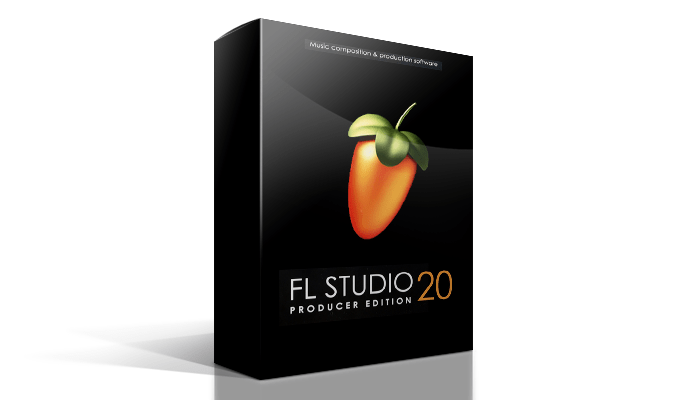
Image-Line FL Studio 20 Review:
The DAW formerly known as Fruity Loops finally arrives on Mac
Originally launched as FruityLoops – a title Image Line FL Studio 20 often still colloquially known by – and inspired by Propellerhead’s much-loved Rebirth app, the loop-sequencer-turned-DAW holds a near-iconic status for a certain generation of producers, particularly in hip-hop and EDM realms. However, while it undoubtedly has legions of fans, historically FL Studio has been a PC-only affair.
All that changes with Image Line FL Studio 20 (which, confusingly is actually version 13, but titled for the software’s 20th anniversary). The headline feature here is a native 64-bit Mac version, meaning that FL Studio 20 Download can now be used on OS X/MacOS without the need for a clunky work-around. Pleasingly, licenses are shared between both Mac and PC versions.
Image-Line already offers lifetime free upgrades to all FL Studio users, meaning that all existing users of the software now automatically own upgrades to version 20 on both platforms. Because of this – and some excellent new features, which we’ll come to later – version 20 is a complete no-brainer for existing users. What about newcomers though? In 2018, does the DAW formerly known as FruityLoops still have enough about it to tempt Mac users into the fold?
Coming to FL Studio 20 Mac for the first time from another DAW can be a slightly jarring experience. While the application has come on a long way from its early days as a basic loop sequencer – it easily holds its own against rival DAWs on the feature front – it still shows its roots in its layout and work flow. Whereas the bulk of mainstream DAWs see users work across a single timeline or workspace, FL Studio 20 Tutorial splits creative, mixing and arrangement duties into independent sections, each with its own UI window.
The main arrangement space is known as the Playlist, which is used to sequence patterns of audio, MIDI and automation which are created in the Channel Rack. This latter section is also used for selecting instruments and plugins as well as routing audio to the Mixer. Each instrument in the Rack gets its own simple X0X-style step sequencer, which can be expanded to a pop-out piano roll for more complex sequencing duties.
The question of whether these changes make FL Studio 20 a worthwhile upgrade for existing users is a moot point; thanks to Image- Line’s excellent policy of giving all users free lifetime upgrades, all existing users automatically get the new versions for free. That aside though, while some longtime users may bemoan a lack of major new plugins or tools, the Playlist and Pattern improvements are excellent, and make this a really worthwhile update. The Arrangements feature in particular is a bit of a revelation, and really suits fruity loops 20 work flow, making it more flexible and fun than ever to throw together patterns and loops in weird and exciting ways.
As for new users, Image Line FL Studio 20 is very much worth your attention. It makes a great addition to the Mac realm too. It’s a slight shame that you can’t currently use FL Studio as a VST or Rewire client on Mac, or use it with the FL Studio Mobile companion – the flexibility brought by these three features is one of my favourite things about FL Studio. The VST capability in particular makes it a great choice for a secondary DAW, allowing it to be used as a sketchpad in a manner similar to NI Maschine. Download Now
Most of these are all things Image-Line is working on, and there’s still a lot that’s appealing about FL Studio. Plus, the offer of a lifetime of free upgrades once you’ve bought in once is very tempting.
You may also like; Waveform Free Piano Roll – Plugins MIDI Controllers – Best Free DAW

[contact-form][contact-field label=”Name” type=”name” required=”true” /][contact-field label=”Email” type=”email” required=”true” /][contact-field label=”Website” type=”url” /][contact-field label=”Message” type=”textarea” /][/contact-form]
